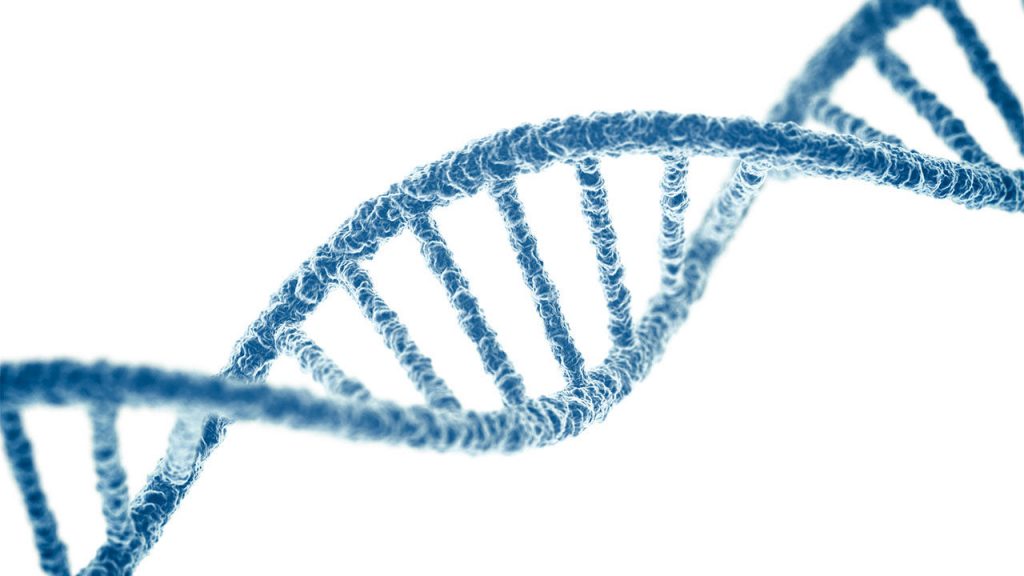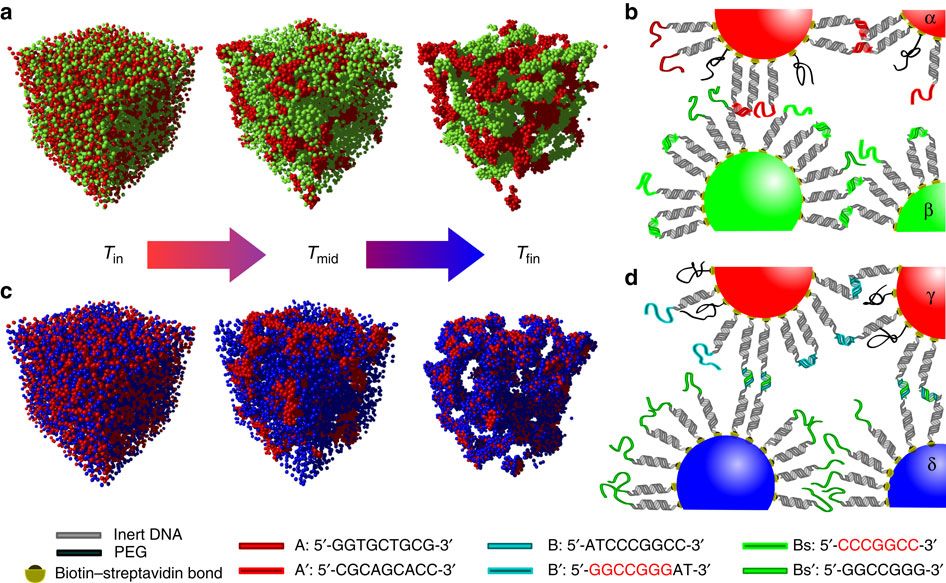DNA is a molecule composed of two chains that coil around each other to form a double helix carrying the genetic instructions used in the growth, development, functioning, and reproduction of all known organisms. DNA and ribonucleic acid (RNA) are nucleic acids; alongside proteins, lipids and complex carbohydrates (polysaccharides), nucleic acids are one of the four major types of macromolecules that are essential for all known forms of life. DNA is vital for all living beings – even plants. It is necessary for inheritance, coding for proteins and it is the genetic instruction guide for life and its processes. DNA holds the instructions for an organism’s or each cell’s development and reproduction and ultimately death. The effect of the discovery of DNA on scientific and medical progress has been enormous, whether it involves the identification of genes that trigger major diseases or the creation and manufacture of drugs to treat these devastating diseases. We are going to look into DNA and how it affects bioprinting in ways that we may not be all aware of.
When it comes to bioprinting, one would believe that we are attempting to create bioprinted parts that are going to be used in or on the human body. In order for these items to not be rejected by the body, one must have materials that match genetically to the host body. DNA: DNA interactions are used as binding agents currently. These agents help to print macroscale objects. DNA is used to assemble microparticles into macro-structures. This allows control over the organization of those structures at the nanometer, micrometer, and centimeter scale. DNA-coated polystyrene microparticles can be assembled at the nanometer scale using DNA:DNA complementary interactions. At the micrometer scale, DNA-dependent substructure (smaller tissue) formation can be leveraged to achieve specific patterning. Finally, at the centimeter scale, printed gels can be assembled in 3D. Given that the 3D printed scaffolds can hold their shape and support the growth of cells, possibilities arise for patterning of organs by substructure. Scalability is facilitated with this approach, as the use of DNA-coated microparticles for DNA-mediated assembly is significantly cheaper when compared to conventional DNA nanotechnologies.
One way to leverage DNA for bioprinting is through the use of microfluidic devices. Microfluidics deal with the behavior, precise control, and manipulation of fluids that are geometrically constrained to a small, typically sub-millimeter, scale at which capillary penetration governs mass transport. It is a multidisciplinary field at the intersection of engineering, physics, chemistry, biochemistry, nanotechnology, and biotechnology, with practical applications in the design of systems in which low volumes of fluids are processed to achieve multiplexing, automation, and high-throughput screening. Microfluidics emerged at the beginning of the 1980s and is used in the development of inkjet printheads, DNA chips, lab-on-a-chip technology, micro-propulsion, and micro-thermal technologies. In terms of bioprinting, we are concerned with microfluidic processes and inkjet printheads and lab-on-a-chip technology, because they are directly related to 3D bioprinters and their future as a whole. We can use microfluidic methods to process the DNA of whatever biomaterial we are using. Microfluidics-based extrusion heads are essential for having biomaterials that are well made at the microscopic level where DNA is vital. The higher precision at the micro level of biomaterial creation, the more likely we are to not worry about the genetic makeup of any bioprinted object. This leads to better usage and adoption within the clinical field.
We briefly mentioned the importance of DNA being a binding agent within bioprinting. In nature, cells self-assemble into the complex three-dimensional architectures. Biological function follows from said structure. An individual cell’s behavior depends on signals from neighboring cells, and the collective behavior of the cells and tissues in an organ emerges from these 3-D relationships. Thus it is indispensable to have DNA:DNA interactions working at a high level. DNA:DNA interactions refer to bonds that occur with interactions between more than one DNA. At this point, the new method can be used to make structures—composed of tissue as well as a gel that surrounds it and simulates the environment in which the tissue lives in the body—that are a few hundred micrometers thick and several centimeters wide. Making thicker tissues will require clearing a considerable hurdle facing all of tissue engineering: giving cells oxygen and nutrients as blood vessels do in the body. Making thicker tissues will need the clearing of a huge hurdle facing all of tissue engineering: giving cells oxygen and nutrients as blood vessels do in the body. Using microfluidics one can create an environment of natural assembly at the micro and nano level due to directing the rate of DNA:DNA interactions and bonds occurring.
Overall, DNA is essential for bioprinting. We are attempting to control the interactions we have with DNA on a micro and nanoscale level. This allows us to build better things within the macroscale. High precision within biomaterials and bioprinting is of essence if we want to make this feasible for the clinical setting. We also must leverage microfluidic techniques as they are the future of precision when it comes to bioprinting in general.
Subscribe to Our Email Newsletter
Stay up-to-date on all the latest news from the 3D printing industry and receive information and offers from third party vendors.
Print Services
Upload your 3D Models and get them printed quickly and efficiently.
You May Also Like
Could 3D Printing for Biocomputing Make Wetware Aware?
As an AI arms race consumes ever more electricity, and every ChatGPT search query costs $0.36, the search for new ways of computing has intensified. One answer could be in better...
Bambu Lab Launches Software to Manage 3D Printer Fleets—No Cloud Needed
Bambu Lab has introduced a new software tool, Bambu Farm Manager, designed to help users manage large fleets of 3D printers over a local network, without relying on the cloud....
Consolidation in AM: How 2025 Is Shaping the Industry’s New Normal
The first half of 2025 has been marked by a clear shift in the additive manufacturing (AM) industry. Companies are no longer just focused on developing new tech by themselves....
3D Printing News Briefs, July 2, 2025: Copper Alloys, Defense Manufacturing, & More
We’re starting off with metals in today’s 3D Printing News Briefs, as Farsoon has unveiled a large-scale AM solution for copper alloys, and Meltio used its wire-laser metal solution to...



































